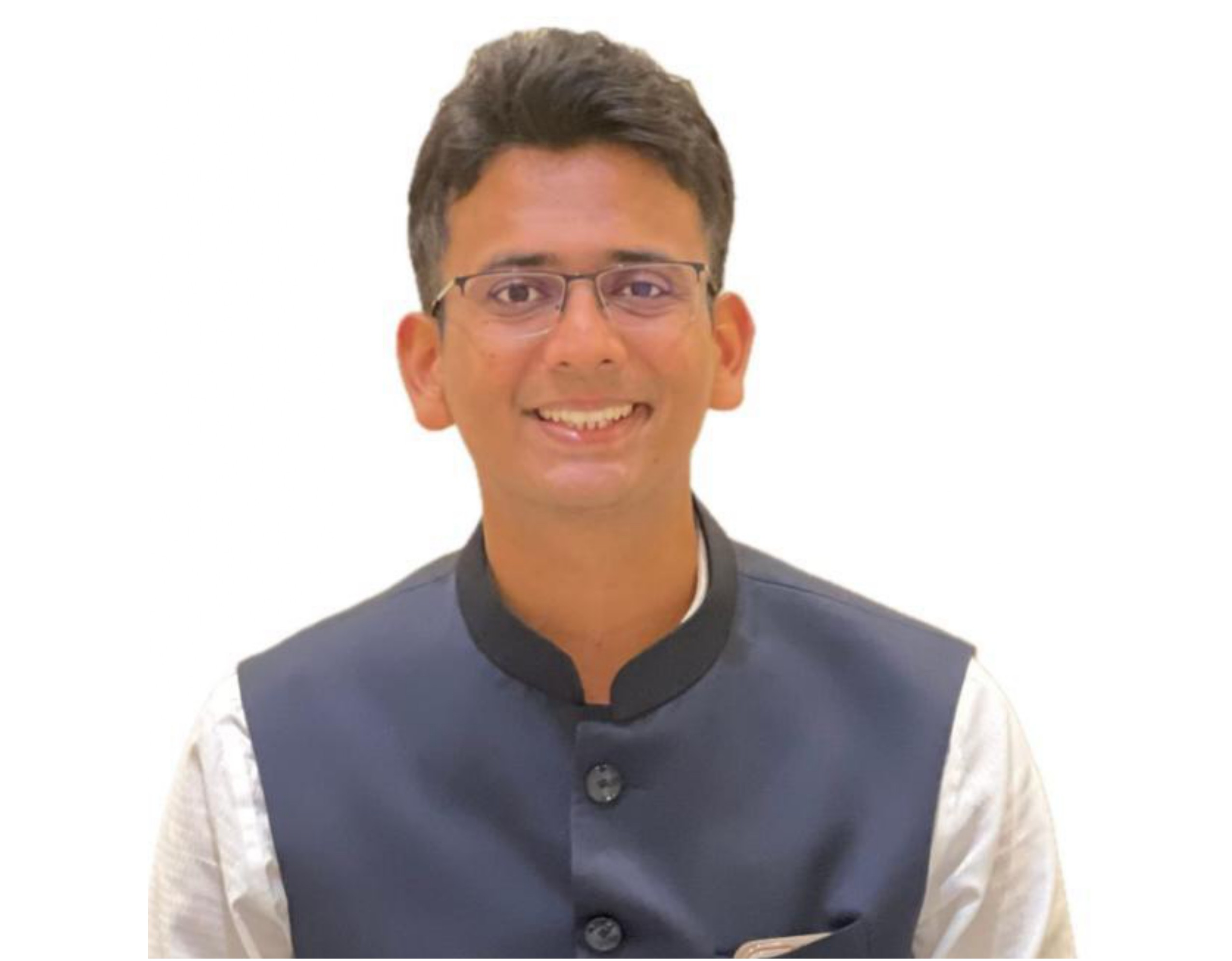Atal Mission for Rejuvenation and Urban Transformation (AMRUT) had launched by Govt. of India. The mission broadly focuses on ensuring basic infrastructure services priority wise water supply, sewerage/ septage, development of parks with child friendly features, storm water drainage and public transport, capacity building and reform implementation to households and build amenities in cities which will improve the quality of life for all, especially the poor and the disadvantaged is a national priority. Therefore, the purpose of Atal Mission for Rejuvenation and Urban Transformation (AMRUT) is to (i) ensure that every household has access to a tap with assured supply of water and a sewerage connection; (ii) increase the amenity value of cities by developing greenery and well maintained open spaces (e.g. parks); and (iii) reduce pollution by switching to public transport or constructing facilities for non-motorized transport (e.g. walking and cycling). All these outcomes are valued by citizens, particularly women, and indicators and standards have been prescribed by the Ministry of Urban Development (MoUD) in the form of Service Level Benchmarks (SLBs).
Since the mission meant for cities with or above 1 lakh population (as per 2011 census), Sambalpur has been included under this scheme.
Components of AMRUT:
Water Supply
- Water supply systems including augmentation of existing water supply, water treatment plants and universal metering.
Ii. Rehabilitation of old water supply systems, including treatment plants.
Iii. Rejuvenation of water bodies specifically for drinking water supply and recharging of ground water.
- Special water supply arrangement for difficult areas, hill and coastal cities, including those having water quality problems (e.g. arsenic, fluoride)
Sewerage
i.Decentralised, networked underground sewerage systems, including augmentation of existing sewerage systems and sewage treatment plants.
Ii.Rehabilitation of old sewerage system and treatment plants.
Iii.Recycling of water for beneficial purposes and reuse of wastewater.
Septage
I.Faecal Sludge Management- cleaning, transportation and treatment in a cost-effective manner.
Ii.Mechanical and biological cleaning of sewers and septic tanks and recovery of operational cost in full.
Storm Water Drainage
- Construction and improvement of drains and storm water drains in order to reduce and eliminate flooding.
Urban Transport
i.Ferry vessels for inland waterways (excluding port/bay infrastructure) and buses.
Ii.Footpaths/walkways, sidewalks, foot over-bridges and facilities for non-motorized transport (e.g. bicycles).
Iii.Multi-level parking.
Iv.Bus Rapid Transit System (BRTS).
Green space and parks
- Development of green space and parks with special provision for child-friendly components.
Reforms management & support
- Support structures, activities and funding support for reform implementation.
- Independent Reform monitoring agencies.
Capacity Building
- This has two components- individual and institutional capacity building.
Ii.The capacity building will not be limited to the Mission Cities, but will be extended to other ULBs as well.
Iii.Continuation of the Comprehensive Capacity Building Programme (CCBP) after its realignment towards the new Missions.
Individual capacity building: The key features are demand driven periodic training, recognition of practices and functionaries, independent assessment of training outcomes and mentoring and peer networking. Individual capacity building will include the following type of activities.
I.Strategic training plan based on Training Needs Assessment (TNA).
Ii.Exposure visits.
iii.Workshops, seminars, research studies and documentation.
Iv.Individual capacity building focusing on coaching and task-related assistance from peers and mentors.
v.Visibility, including preparation of Information Education and Communication (IEC) materials
Institutional capacity building: The focus will be on building the institutional capacity of ULBs by using Consulting Firms and other entities.
Funding Pattern:
One-third of the project cost as grant from GoI for cities with a population of above 10 lakh.
One-half of the project cost as grant for cities/towns with population up to 10 lakh.
Balance funding by State Governments / ULBs or through private investment.
The tender will include O & M for five years based on user charges. For the purpose of calculation of the project cost, the O&M cost will be excluded; however, the States/ULBs will fund the O&M through an appropriate cost recovery mechanism in order to make them self-reliant and cost-effective.
The SLIPs (refer para 6) will first provide for the provision of water and sewerage connections to all households.
One-half of the project cost by GoI and the total expenditure on these projects will not exceed 2.5% of the State Annual Action Plan (SAAP).
Importance of O&M: Experience with past programmes has shown that once projects are completed the ULBs pay little attention to the operation and maintenance of infrastructure assets created. Therefore, projects being proposed to the MoUD in the SAAP will include O & M for at least five years to be funded by way of levy of user charges or other revenue streams. However, for the purpose of calculation of the project cost, the O&M cost will be excluded and the States/ULBs will fund the O&M through an appropriate cost recovery mechanism in order to make them self-reliant and cost-effective.
Execution
Projects will be executed by ULBs. In case the ULBs do not have adequate capacity to handle projects, the State Government may recommend in SAAP, upon a Resolution passed by the ULB, for the execution of the projects by specialized parastatal agencies of the State or Central Governments. Such arrangements should necessarily be executed by way of a tripartite Memorandum of Understanding (MoU) amongst the State Government, the specialized Parastatal agencies and the concerned Municipality. In such a case, the capacity of the ULBs will be augmented through the capacity building component of the AMRUT. The maintenance and upkeep of the created assets will be the responsibility of the ULB and the State Government.
At the City level the ULB will be responsible for implementation for the Mission. The Municipal Commissioner will ensure timely preparation of SLIP. The ULBs will develop DPRs and bid documents for projects in the approved SAAP. The ULBs will ensure city level of approvals of DPRs and bid documents and forward these to the SLTC/SHPSC for approvals. Urban local bodies will procure implementation agencies as provided in the financial rules and regulations and after award of work, ensure its timely completion. For this, the ULBs will take support from PDMCs to perform these activities will also develop a road map for Reform implementation and capacity building respectively. The ULB will also be responsible for building coordination and collaboration among stakeholders for timely completion of projects without escalation of project cost.
Monitoring of Projects
The Mission will be monitored real-time at the State and ULB level. Moreover, information and data will be shared with citizens in the public domain and third party monitoring and review encouraged. There will be a quarterly external monitoring by the Independent Review and Monitoring Agency (IRMA). The IRMA will submit the quarterly report to the ULB/parastatal and the SLTC. The comments of the ULB and the SLTC will be examined by the SHPSC and action taken. The State Mission Director will submit the action taken on the IRMA report at the time of claiming funds in the AMRUT. Similarly, the IRMA will do a half-yearly appraisal of Reform implementation.






